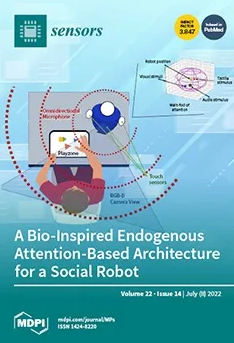
Predicting driving behavior and crash risk in real-time is a problem that has been heavily researched in the past years. Although in-vehicle interventions and gamification features in post-trip dashboards have emerged, the connection between real-time driving behavior prediction and the triggering of such interventions is yet to be realized. This is the focus of the European Horizon2020 project “i-DREAMS”, which aims at defining, developing, testing and validating a ‘Safety Tolerance Zone’ (STZ) in order to prevent drivers from risky driving behaviors using interventions both in real-time and post-trip. However, the data-driven conceptualization of STZ levels is a challenging task, and data class imbalance might hinder this process. Following the project principles and taking the aforementioned challenges into consideration, this paper proposes a framework to identify the level of risky driving behavior as well as the duration of the time spent in each risk level by private car drivers. This aim is accomplished by four classification algorithms, namely Support Vector Machines (SVMs), Random Forest (RFs), AdaBoost, and Multilayer Perceptron (MLP) Neural Networks and imbalanced learning using the Adaptive Synthetic technique (ADASYN) in order to deal with the unbalanced distribution of the dataset in the STZ levels. Moreover, as an alternative approach of risk prediction, three regression algorithms, namely Ridge, Lasso, and Elastic Net are used to predict time duration. The results showed that RF and MLP outperformed the rest of the classifiers with 84% and 82% overall accuracy, respectively, and that the maximum speed of the vehicle during a 30 s interval, is the most crucial predictor for identifying the driving time at each safety level.
| ID | pj218 |
| DOI | |
| Tags |













